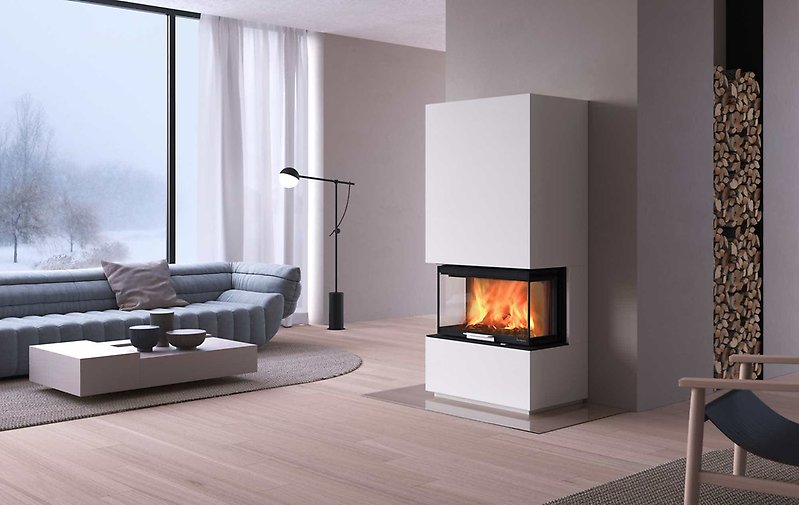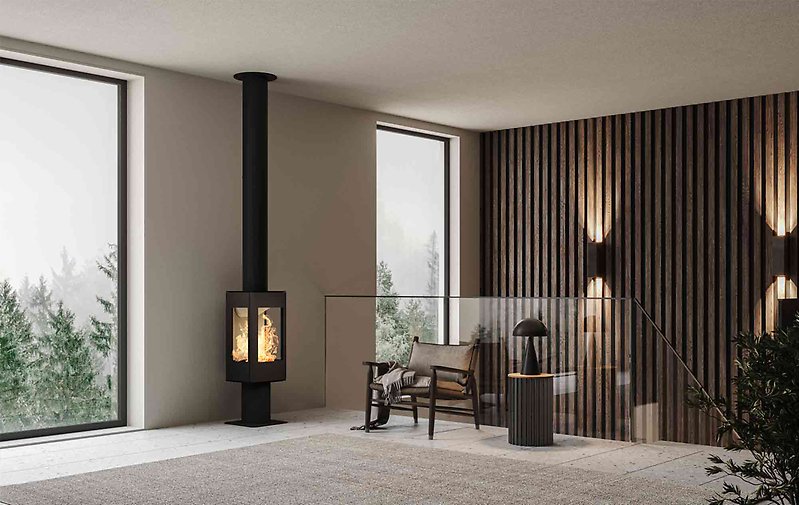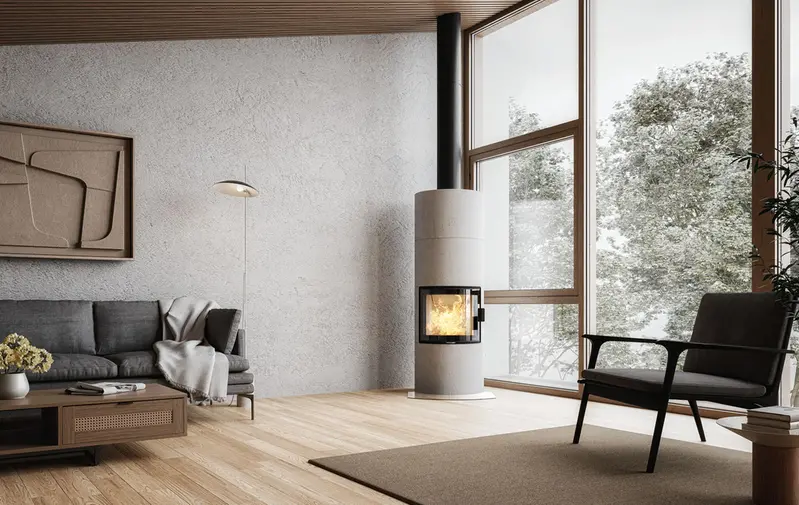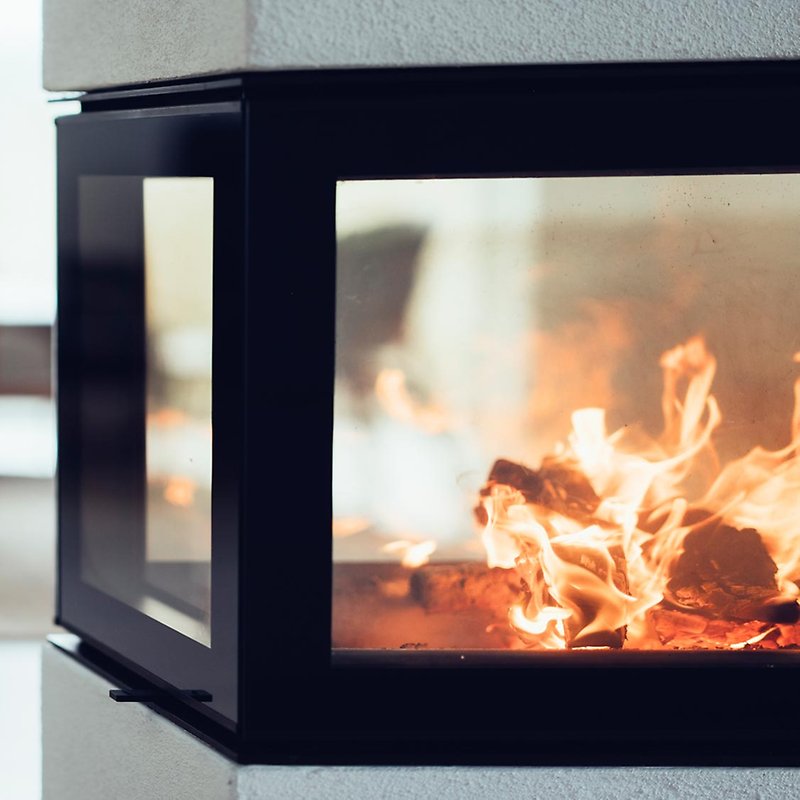Lighting from the top
This article is for those of you who continue to crumple up newspaper and save egg boxes. You may even have a special knife for whittling kindling, which you lay on top of the crumpled newspaper before employing your own unique method to painstakingly balance the wood on top of it.
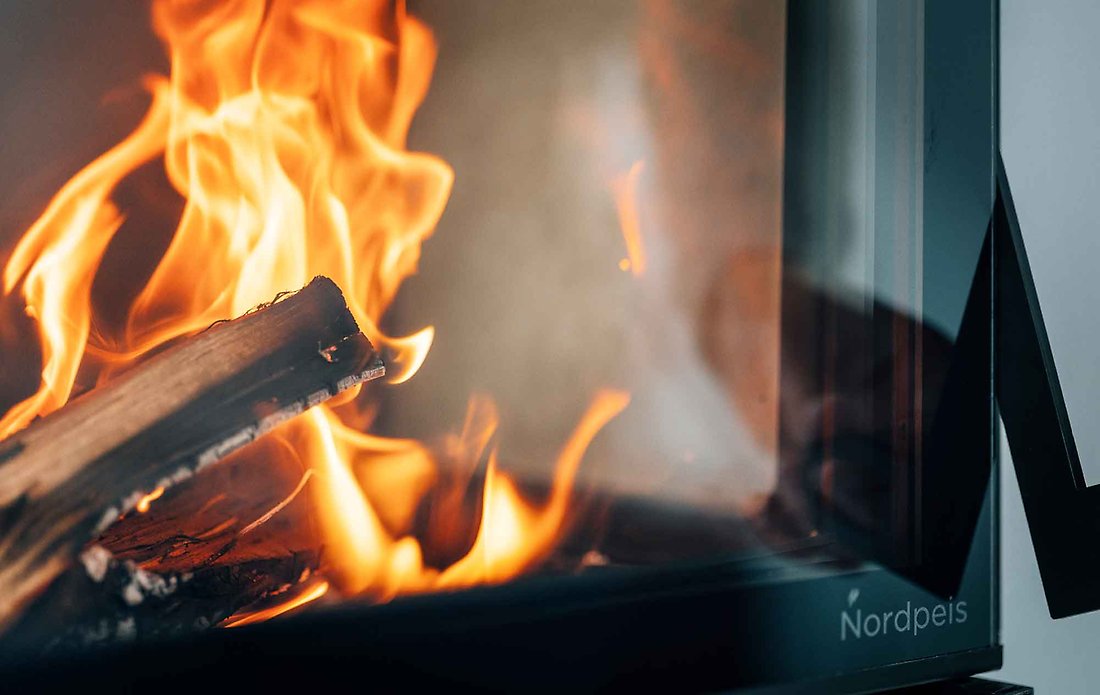
Like some kind of wood shaman, you kneel in front of the stove door, opening it slightly and closing it, blowing and squinting, all in an effort to conjure up a roaring fire from a few embers. In other words: this article is for those of you who light your fires the wrong way.
Topping up the heat
For years we’ve been taught that when we light a fire, we do it from the bottom. It’s only logical after all: the flame comes from the bottom, so clearly it is smart to lay something over it if you want it to burn, right? And indeed, that does work when you are lighting a bonfire. A million years of practical experience has demonstrated this to humanity. However, if you are after maximum heat with minimum pollution, you need to light from the top.
The reason it is better to light from the top is the gases that logs give off when they get hot. If you light in the traditional way – using paper or firelighters at the bottom – these gases disappear up the flue without being burnt. However, if you light from the top, you “capture” them in the bottom so they ignite. These gases produce high temperatures when they burn, which in turn results in better heat. Simply put, the wood burns more efficiently, so you are making better use of its energy.
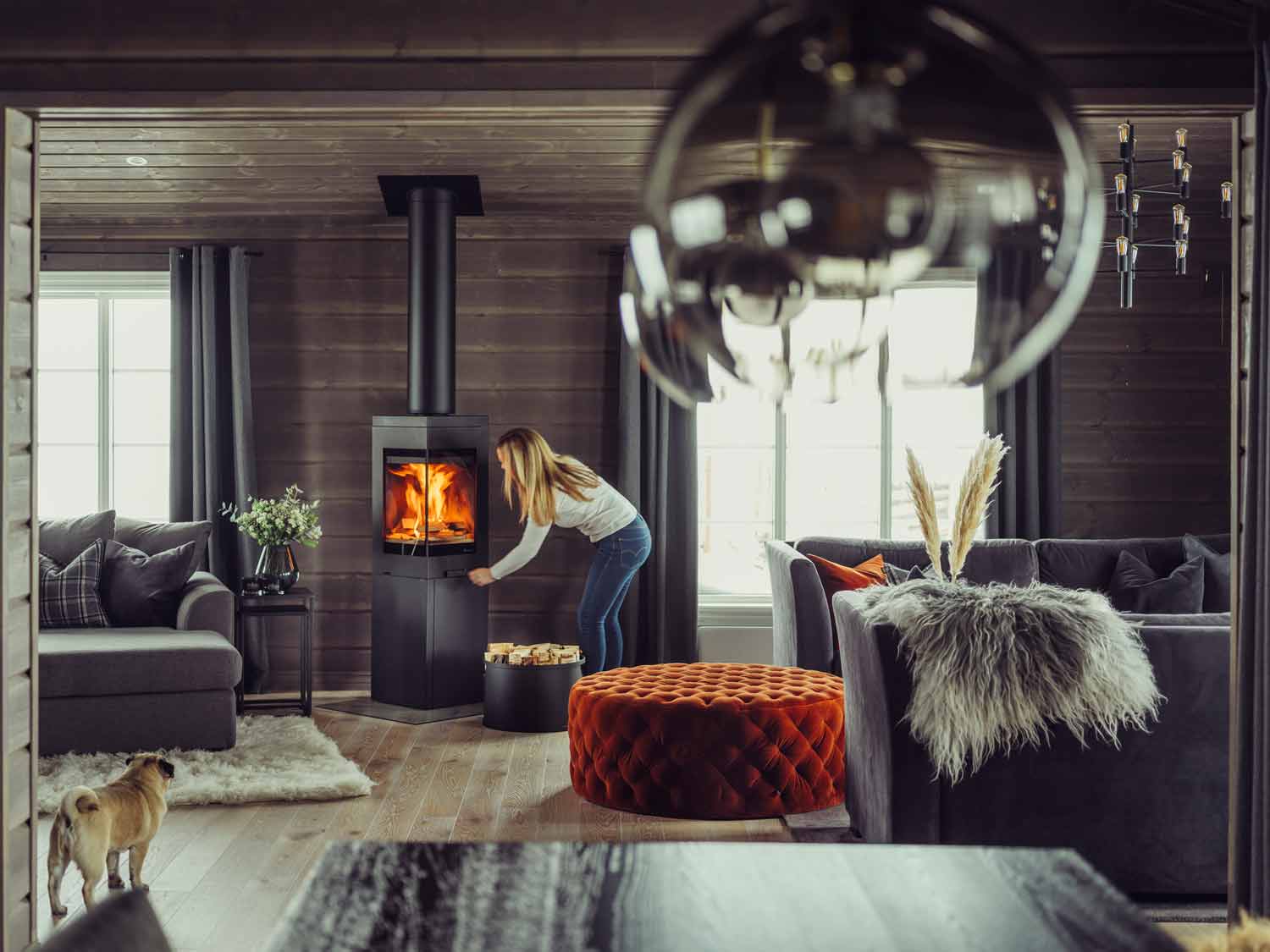
Not all wood is firewood
Lighting from the top is all well and good, but what you make the fire with is just as important. Generally speaking, if it comes from a tree, you can burn it. The exception is wood that has been impregnated under pressure, or painted – this is classed as hazardous waste and if you put this in your fire, you may as well throw some batteries and light bulbs in for good measure. In other words: don’t burn impregnated or painted wood.
The wood used in Norwegian houses and cabins is typically birch wood – for good reason. Birch has a relatively high calorific value,* is readily available and behaves in an exemplary fashion with regards to creating the perfect crackle for your fire. In actual fact, more than one third of the logs used in fires here come from birch trees. However, that doesn’t mean that other types of wood are no good for burning: crackling pine or spruce creates a pleasant atmosphere and fragrance, and if you are lucky enough to get hold of some oak, you have a cosy and smouldering friend that will easily give birch a run for its money when it comes to calorific value.
When it comes to the correct type of wood for making fires, the most important advice is that it should be dry. Beyond that, it’s simply a case of “fire away”.
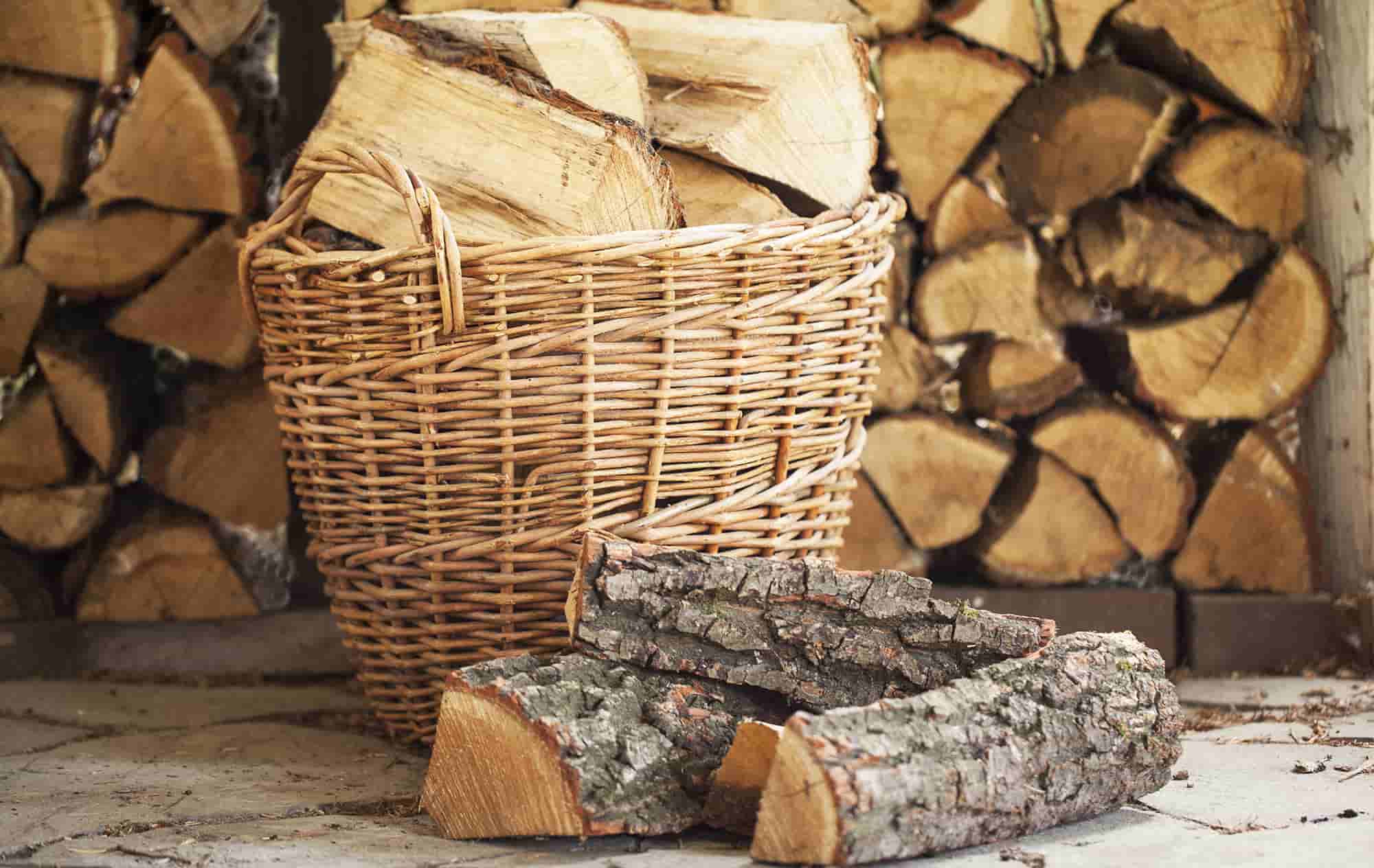
Choosing the right stove
How efficiently you use the energy in the logs is also related to the type of stove you have. In this regard, there is a kind of sliding scale from open fire (minimum efficiency, maximum cosiness) to closed wood-burning stove (maximum efficiency, minimum cosiness). Most people prefer a solution in between, a stove with glass doors and sides for example, which allows you to enjoy the flame play while effectively heating the room.
These days you can only buy clean burn stoves, which utilise energy more efficiently than older stoves and also have much lower rates of particulate pollution and outgassing. They come in all shapes and sizes, with or without convection – which is a method of reusing and distributing heat that is different to that of traditional wood burners.
Regardless of whether you prefer birch to pine, or fire to stove, there are three basic principles:
*Calorific value is an indication of the average amount of energy held in different types of wood. The calculation is based on the weight of wood that has a 20% moisture content, and gives a standard for comparison with other forms of energy because it is expressed in kWh.
This is how you light from the top:
Think about things in reverse. Build the fire up with the largest logs on the bottom and lay the smaller kindling on top. Finish off with firelighters, birch bark (or other bark) and light.
If the wood is nice and dry, it will begin to burn both ways (i.e. upwards and downwards) at the same time. Remember to give the fire enough oxygen to start it off and leave the stove door slightly ajar for a good while until the flame is well underway.
Now you can enjoy a flame that is cleaner, more efficient and actually more attractive than before. Moreover, you can tell those “bottom lighters” you know that of course you light from the top, because then the flame is cleaner, more efficient and more attractive.

